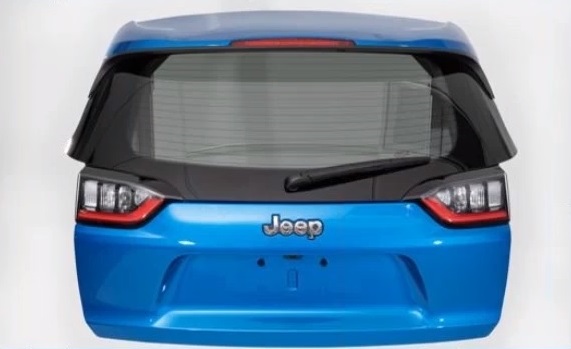
DuPont discussion of award-winning BETASEAL highlights nuances of adhesives
By onAnnouncements | Education | Repair Operations | Technology
Recent comments by Altair lightweighting award winner DuPont might give repairers, insurers and customers pause before assuming all structural adhesives are identical.
Audi collision programs director Mark Allen warned repairers against mixing and matching adhesives during a 2017 Guild21 call. He noted that a product rep might try and sell an adhesive to a body shop by saying, “‘Oh, we produce that stuff for Audi,’” Allen said.
What the rep might not tell the shop is that Audi is actually receiving a private-label “specialty mixture” proprietary to Volkswagen, Allen said in 2017. That unique variant is what’s proven to work, not the generalized version, he said.
The moral for any manufacturer’s vehicles: Don’t assume you can use a particular adhesive on a vehicle unless the repair procedures mention it specifically.
The idea of subtle differences between adhesives emerged again this month during a panel featuring Altair Enlighten Awards winners and runners-up. Altair awards partner the Center for Automotive Research posted the discussion to its virtual Management Briefing Sessions on Aug. 5.
Center for Automotive Research research engineer Shashank Modi, one of the judges, noted “there are multiple adhesive solutions out there.” He asked what was so special about DuPont’s BETASEAL X2500, which took second place in the 2020 Enabling Technology category for its work joining a thermoplastic, mixed-material Jeep liftgate.
“It’s a relevant question,” DuPont senior manager of strategic marketing Frank Billotto said . “… This adhesive system is formulated for these types of applications.”
Billotto said it was important the substance delivered the right balance of cured properties to join mixed materials.
“Specifically, it has an optimum balance” between elasticity, bond strength and adhesive modulus, he said. “Which are all critical, of course.”
The adhesive needed a modulus at a level that would “provide the strength and rigidity to the final module,” Billotto said. But it also needed to save enough elasticity to ward off issues like bond-line readout on Class A substrates, “which was a concern early on in the application development,” he said.
The mix of properties was important in a joint with mixed materials like thermal plastics, for different materials “may have different thermal expansion” and responses to changes in the temperature, according to Billotto.
Such a joint needed to stay flexible at any temperature the hatch might encounter on the road, handle the joint’s relative motion, and deal with the stress that might result, he said. A manufacturer had to keep such items in mind when developing an adhesive, he said.
Billotto said DuPont also designed the system specifically for rapid curing with external heating.
According to Billotto, a manufacturer would shoot infrared heat at certain areas of the joint for an immediate burst of joint strength. That infrared-fueled bond holds well enough that the manufacturer can continue factory operations and allow the rest of the joint to cure naturally through chemical reaction between the mixed materials, he said.
An Altair slide during the awards ceremony Aug. 4 described the adhesive as “fast room temperature curing.” DuPont in an Aug. 5 news release also noted that the substance could handle low surface energy thermoplastics without needing mechanical fasteners.
The substance permitted a 20-30 weight savings over a welded steel liftgate, according to an Aug. 4 Altair news release.
Billotto called BETASEAL X2500 one of the only adhesives he knew of that met all OEM customer specifications for composite bonding.
Asked what other applications DuPont would target, Billotto mentioned decklids and carbon-fiber body structures reinforced with metal.
Another adhesive contender
DuPont on Aug. 5 called another one of its adhesives an Altair finalist: BETAMATE 1640. It’s relevant to collision repairers too.
“This new epoxy-based crash-durable structural adhesive joins large substrates allowing better load distribution,” DuPont wrote in a news release. “This ultimately enables reduced panel thickness and creates weight savings on the entire body structure – from 100-200 kg per vehicle, depending on model – while still meeting critical safety/crash requirements.”
Images:
“DuPont Recognized by Altair Enlighten Awards”
DuPont, Aug. 5, 2020
Center for Automotive Research YouTube channel, Aug. 4, 2020
“Innovations in Lightweighting Technologies and Methodologies”
Center for Automotive Research, Aug. 5, 2020
Images:
DuPont transportation and industrial Americas marketing manager Frank Billotto speaks during a panel featuring 2020 Altair Enlighten Awards winners and runners-up. DuPont took second in the Enabling Technologies category for its BETASEAL X2500 structural adhesive. (Screenshot from Altair video)
DuPont took second place in Altair’s 2020 Enlighten Awards category of Enabling Technologies for its BETASEAL X2500 structural adhesives found in Magna thermoplastic liftgates. (Provided by Altair)

